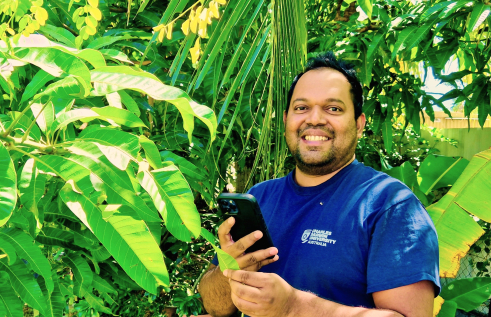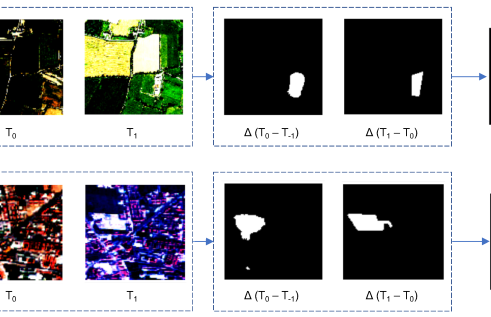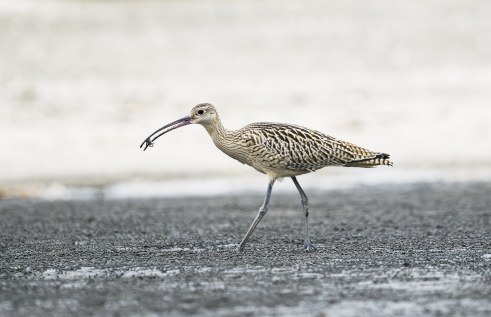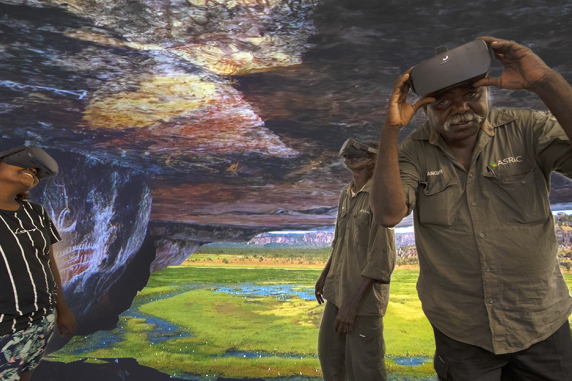news article
VR technology has the potential to map sacred sites
Indigenous rangers are exploring the possibilities of using state-of-the-art virtual reality technology at Charles Darwin University to help them map sacred sites across the Northern Territory.
Rangers from Arafura Swamp Rangers Aboriginal Corporation and Njanjma Aboriginal Corporation visited CDU’s Casuarina campus last month to experience how the technology could assist them with their duties across central and western Arnhem Land.
CDU Innovative Media Production Studio Multimedia Developer Will Tinapple said the technology had the potential to be extremely useful for the rangers.
“The rangers were keen to explore the possibilities of Virtual Reality (VR) and Augmented Reality (AR) and see what others are doing in the space,” Mr Tinapple said.
“We had a look at some different 360 mapping of cultural sites done by groups in other areas.
“The rangers do a range of data collection, recording and mapping and the possibilities for representation in the 360, VR and AR space are quite exciting.
“We have been building VR down at the Innovative Media Production Studio for students going bush for the first time and the rangers were also testing this and giving feedback.”
Arafura Swamp Rangers member Erica Ngurruwuthun said using the VR and AR goggles was an interesting experience.
“It’s been great to try out the technology and see something different,” she said.
The rangers also toured CDU’s horticulture and aquaculture facilities during their visit and took part in a 3D printing demonstration.
Related Articles

Rooting out plant diseases: Are computers ready to run our farms?
Nature is still too complex for artificial intelligence (AI) modelling to be effective, but the tipping point is close, according to a new study that found the technology may still trip at the last real-world hurdle.
Read more about Rooting out plant diseases: Are computers ready to run our farms?
Tech on the treetops: How AI can protect forests
The Artificial Intelligence model was developed to detect changes in forest cover.
Read more about Tech on the treetops: How AI can protect forests
Volunteers protected Darwin wildlife for 50+ years, but new research suggests it’s time to stop winging conservation efforts
Volunteers have shouldered the burden of shorebird conservation in the Top End for more than half a century, but new research from Charles Darwin University (CDU) suggests it’s time for the government to take responsibility for all of the Northern Territory’s residents – including those with wings.
Read more about Volunteers protected Darwin wildlife for 50+ years, but new research suggests it’s time to stop winging conservation efforts
